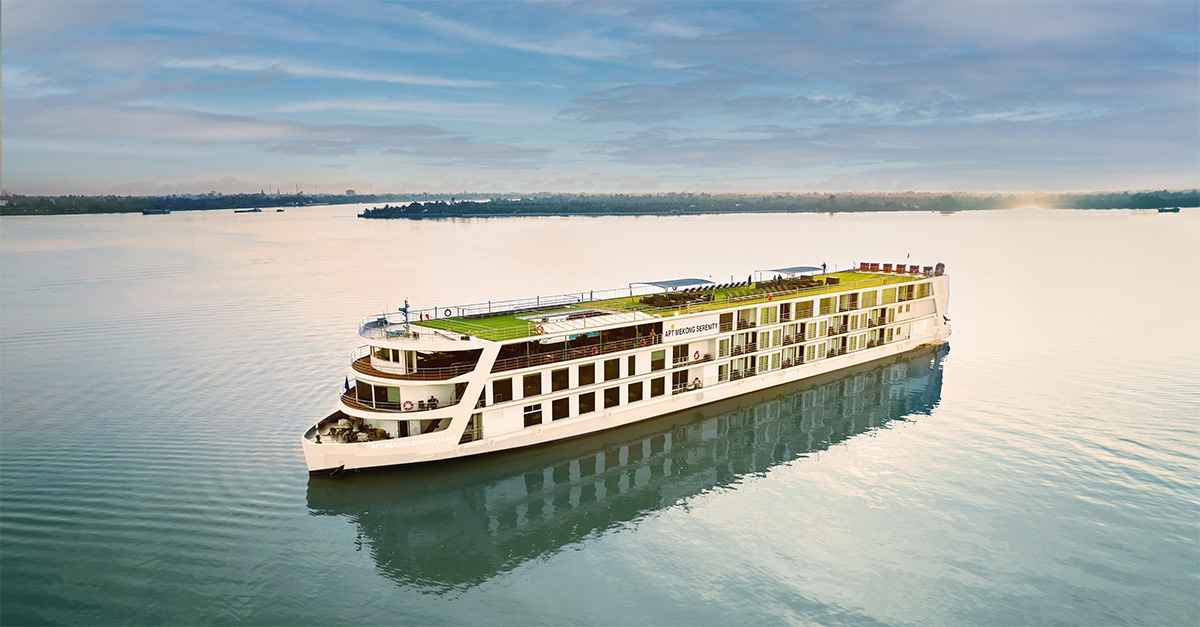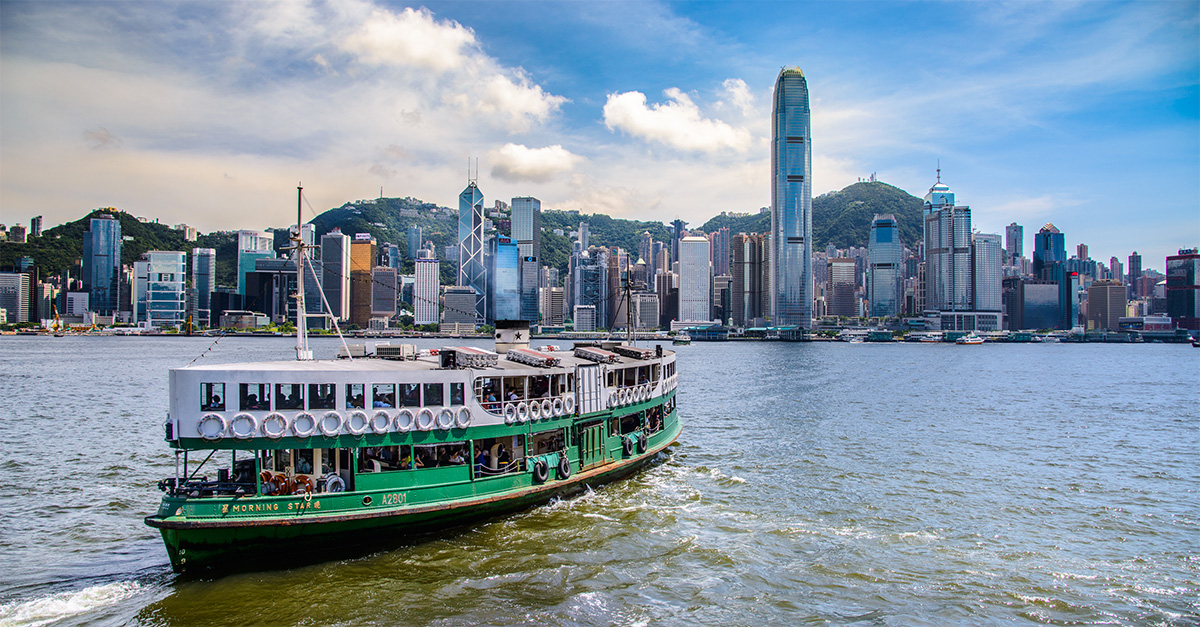Costa Rica was a nature lover’s delight for eight agents on a Cox & Kings and Central America Tourism Agency fam trip. Joanna Booth joined them
Like this and want more details? Click here to download and save as a PDF.
“Stop the bus!” It was only day two of our Costa Rican adventure, but we already knew better than to waste time asking why.Alex Castro, our guide, was off the bus almost before it ground to a halt, binoculars glued to his forehead. The surroundings didn’t look particularly promising – just a rural roadside somewhere north of Lake Arenal – but something had caught his eagle eye.
A three-toed sloth was nestled at the top of a tree, tucked into the crook of a branch, snoozing peacefully. After a great deal of oohing and ahhing – sloths are ridiculously cute – and countless photographs, we jumped back on the bus, safe in the knowledge it wouldn’t be long before we stopped again.
You don’t have to look far to find wildlife in Costa Rica; it pretty much throws itself into your path. Drive-by sightings provided a veritable menagerie –– howler monkeys, green iguanas, American crocodiles, scarlet macaws and even a laughing falcon, which chortled at us from its lookout point atop a dead tree. Get inside the country’s national parks and nature reserves, and every second is fit to be narrated by David Attenborough.
Some large mammals aren’t so exotic – proximity to the States means Americans flock here, but there is an upside – a well-developed tourist infrastructure of excellent roads, good quality vehicles, protected reserves with well-kept paths, and informed guides that speak fluent English.
Vessela Baleva, Cox & Kings Latin America product manager, says: “Costa Rica is a nature lover’s paradise, with many different habitats to be found including rainforest, cloud forest, volcanoes, lakes and canals. The relatively small size of the country means it’s easy to travel around by road or by domestic flights. The stunning beaches provide ample opportunities for relaxation at the end of a holiday.”
FORCE OF NATURE
Costa Rica is not over-endowed with theme parks. Designer shopping is not its thing. Historic sights -– thin on the ground. If clients don’t thrill for toucans and swoon for sloths, then Costa Rica is not for them. But for those looking for nature and wildlife, it’s pretty much unbeatable.
Biodiverse beyond belief, in 1980 the Costa Rican government realised nature could be nurtured into a profitable asset. By 1991, ecotourism had replaced coffee as the number-one revenue generator, and has remained so ever since. A total of 35% of the country’s land is protected to some extent, and 2.2 million tourists flock here every year.
You need to be interested, but by no means expert. Our group arrived barely able to pick a robin out of a line up, but left proudly reeling off names like ‘three-wattled bell-bird’ and ‘common potoo’ in the manner of beardless Bill Oddies.
This was all down to our guide. Cox & Kings really did us proud with the exceptional Alex. Equipped with vision capable of picking an eyelash viper out of thick vegetation at 50 paces, he was also a walking encyclopedia of fascinating facts. Did we know that if humans had the same metabolic rate as hummingbirds, we’d burn 150,000 calories a day, and have a body temperature of 400C? That the gender of crocodile offspring isn’t dictated by genetics, but by the temperature at which the eggs are incubated? That a spider monkey’s arms are 30% longer than its legs, and its hands have four fingers and no thumb, so it can swing through the trees?
HEAD IN THE CLOUDS
The jewel in the crown of Costa Rica’s jungles has to be the Monteverde Cloud Forest Reserve, a huge 26,000-acre virgin forest that is home to more than 400 species of bird and 2,500 plant species. With only 180 people allowed in per day, you are far more likely to spot a relatively rare species of migrating bird than another tourist.
It’s here we encountered one of Costa Rica’s star turns, the resplendent quetzal. All brilliant blues, reds and greens, the male quetzal is two-thirds tail, its twin feathers curving beneath it like a train. Far from a fleeting sighting, we were metres from a nesting pair who were so relaxed we ended up moving on before they did.
Like skyscrapers, forests aren’t necessarily best viewed from the ground. Much of the action takes place high up in the canopy. Stretching through the reserve for nearly two miles, the Selvatura Walkways cross eight suspended bridges, reaching to heights of 60 metres, sailing above and piercing through the forest canopy. Those more concerned with wild living than wildlife can even zipwire, though at that speed they won’t be able to tell a social flycatcher from a speckled tanager.
The reserve itself is a short drive from the small town of Monteverde, a pleasant place with a distinctly hippy-ish vibe. The road to Monteverde has been kept wilfully unpaved – it may mean a bumpy two-hour journey, but it keeps out the coachloads of cruise passengers that might otherwise flood this charming backwater.
A LAVA AFFAIR
In geological terms, Costa Rica is young, bubbling up from the ocean floor only 60 million years ago, and its teenage skin is still pockmarked by many a volcano.
The most famous is Arenal (pictured below), which regularly leaked photogenic dribbles of glowing lava – until recently. Since 2010, the volcano has been quiet, so it’s worth warning clients they may not get the views seen in the brochures and on websites.
However, it’s worth the visit nevertheless. When the clouds part to reveal the peak, Arenal is still a breathtaking sight, and you can hike among the lava fields and take boat trips on the calm waters of Lake Arenal. La Fortuna is a relatively large tourist centre by Costa Rican standards, with a few lovely hotels with spas that make the most of the area’s hot springs.
It’s also the spot from which to head up to the Cano Negro wetlands for a boat tour along the Rio Frio, where yet again, Costa Rica’s furred and feathered denizens cast themselves willy-nilly toward your camera lens. Crocodile-like caiman bask open-jawed in the sunshine, turtles bellyflop off logs with a splash, sloths and monkeys sit and swing respectively through the trees, and as for birds – there’s a whole cast of characters, from darting, vibrant kingfishers to quiet, brown dusky nightjars, crouching motionless and camouflaged on a branch.
It’s home to endangered species – we saw a jabiru and a greater potoo, both of which, had we been birders, would have been cause to break into a celebratory dance.

LIFE’S A BEACH
Arenal and Monteverde are north of the capital San José; for nature close to the coast, head south to Manuel Antonio. The Manuel Antonio National Park is one of the country’s smallest – and busiest. Numbers are limited to 600 on weekdays and 800 on weekends, but warn clients to rise early to avoid the crowds.
Happily the wildlife appears not to be scared off by the number of tourists along the trail from the entrance down to the picture-perfect white-sand beach, lapped by the Pacific Ocean. We enjoyed a morning combining sunbathing and swimming with wandering the trails for a low-key appreciation of nature.
Manuel Antonio itself is a resort proper, with a range of hotels big and small, and is a good place for clients to stop for a relaxing couple of days of sunbathing.
OTHER HIGHLIGHTS
The capital San José is a small city and doesn’t warrant much more than a short tour, but the surrounding Central Valley has more to offer. We fought off jetlag with a tour of the Doka Coffee Plantation, learning how coffee is grown, picked and processed, and held our breaths at Poas volcano, where the turquoise, acidic crater lake belches out sulphur fumes.
We didn’t have time to visit Costa Rica’s final main highlight, the Tortuguero National Park. Tucked away in a remote corner of the north Caribbean coast, the area is accessible only by boat or aircraft. Forest hikes or boat trips on the network of waterways are the order of the day, and its USP is turtles – green turtles lay their eggs on the beaches between July and September, and visitors can spot leatherbacks from March to June.
Book it: Cox & Kings has an 11-day tour from £2,002 including flights, transfers, excursions and accommodation with breakfast daily and some other meals. The tour includes San José, Tortuguero, Arenal and Monteverde. A four-night extension, including three nights at Manuel Antonio, starts from £395.




